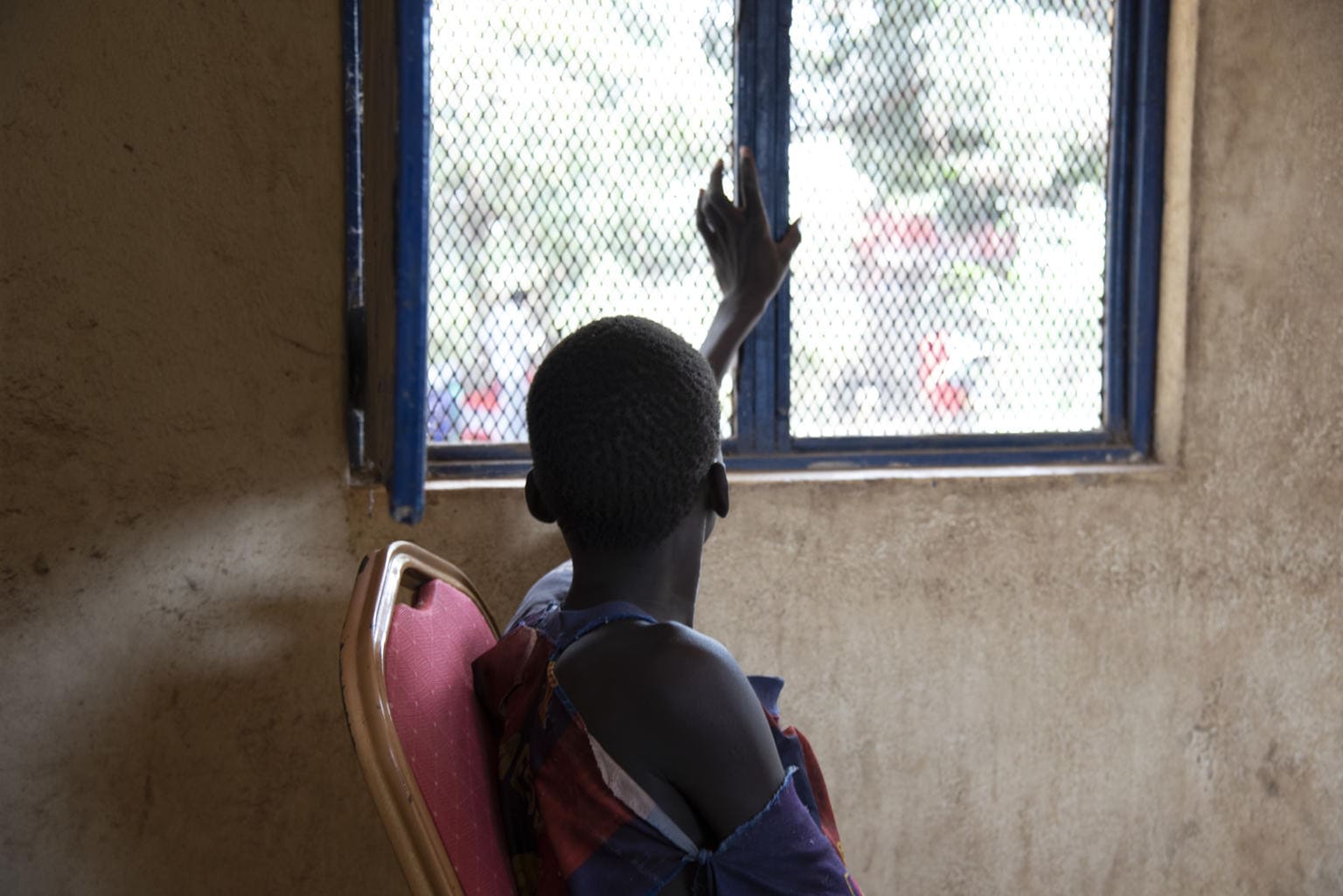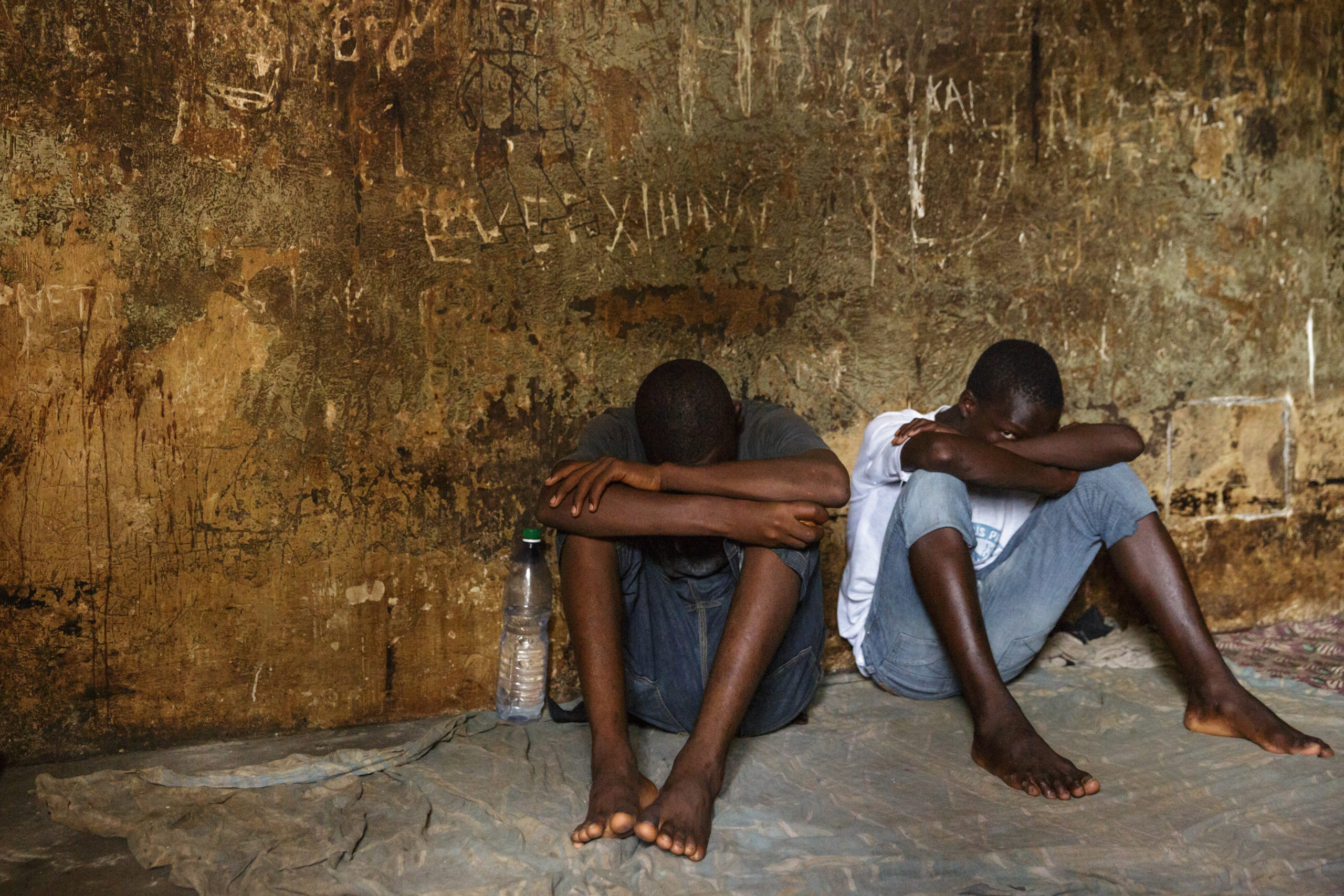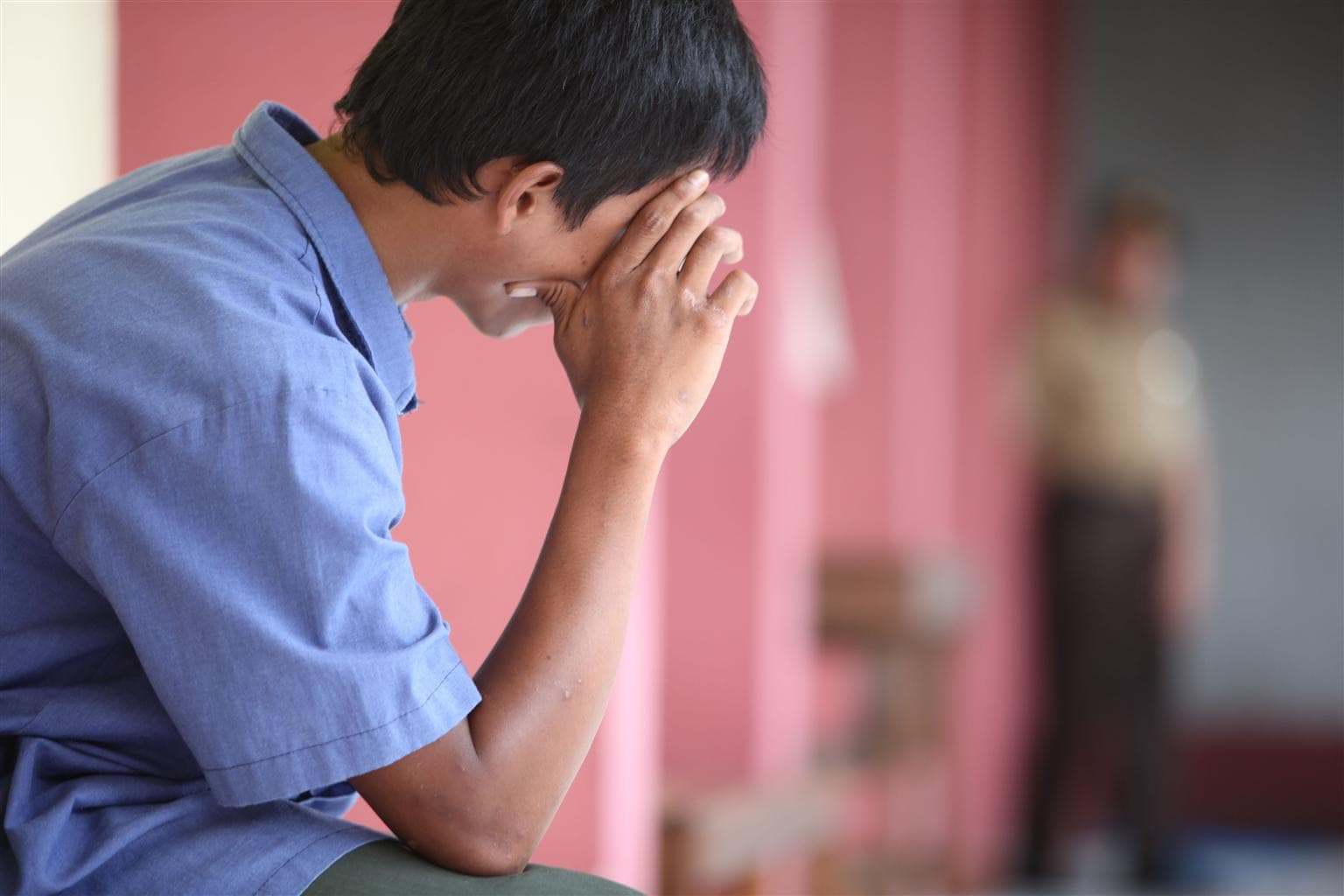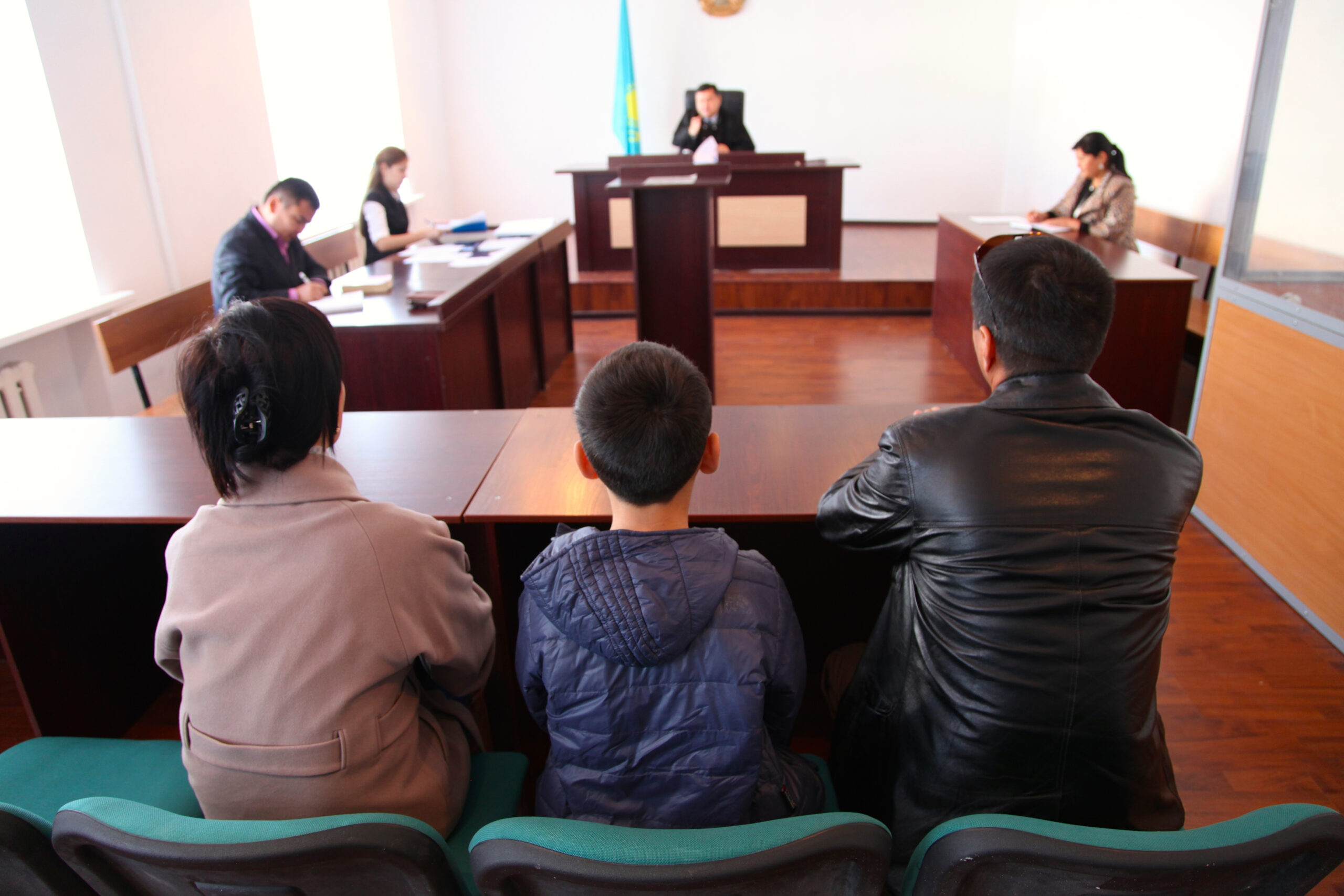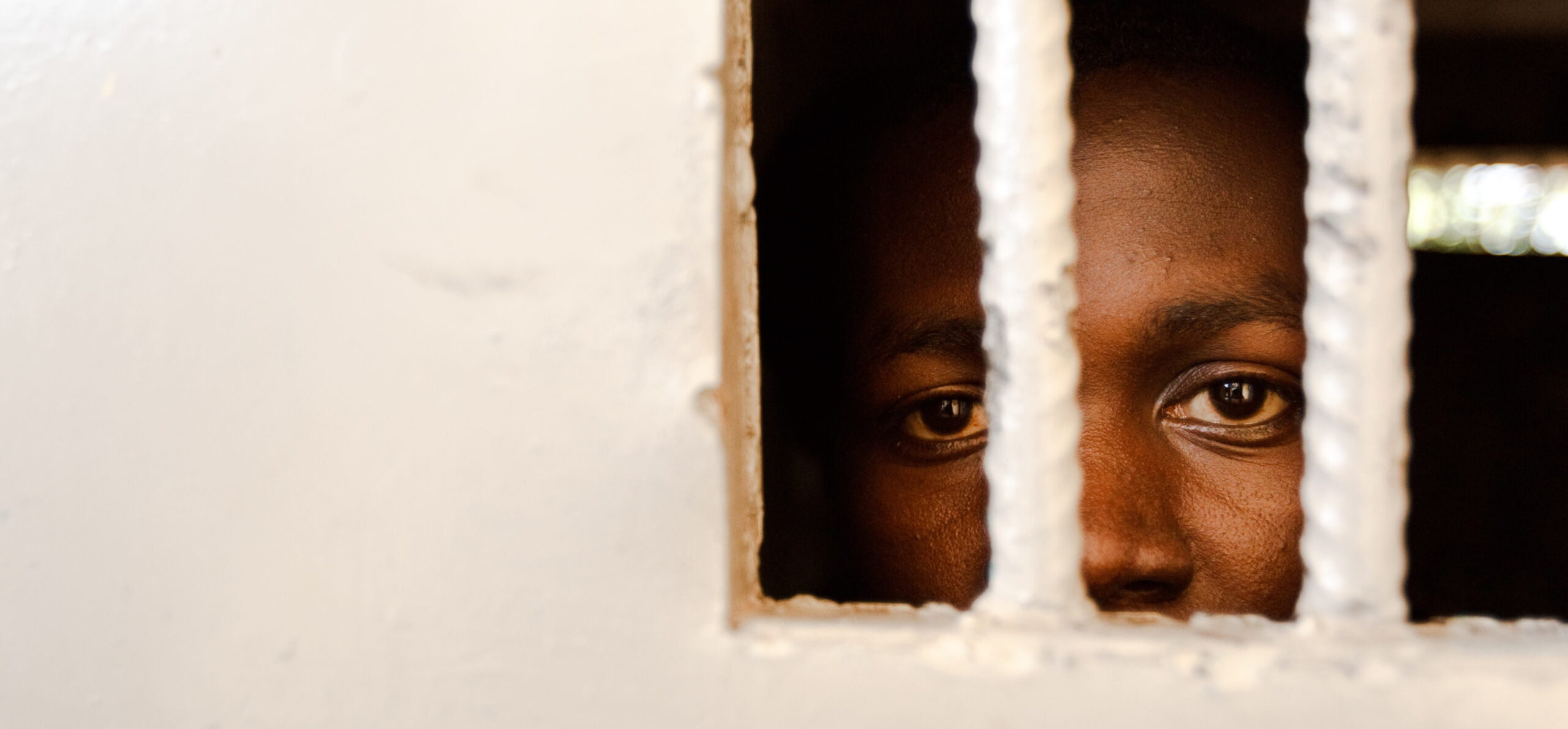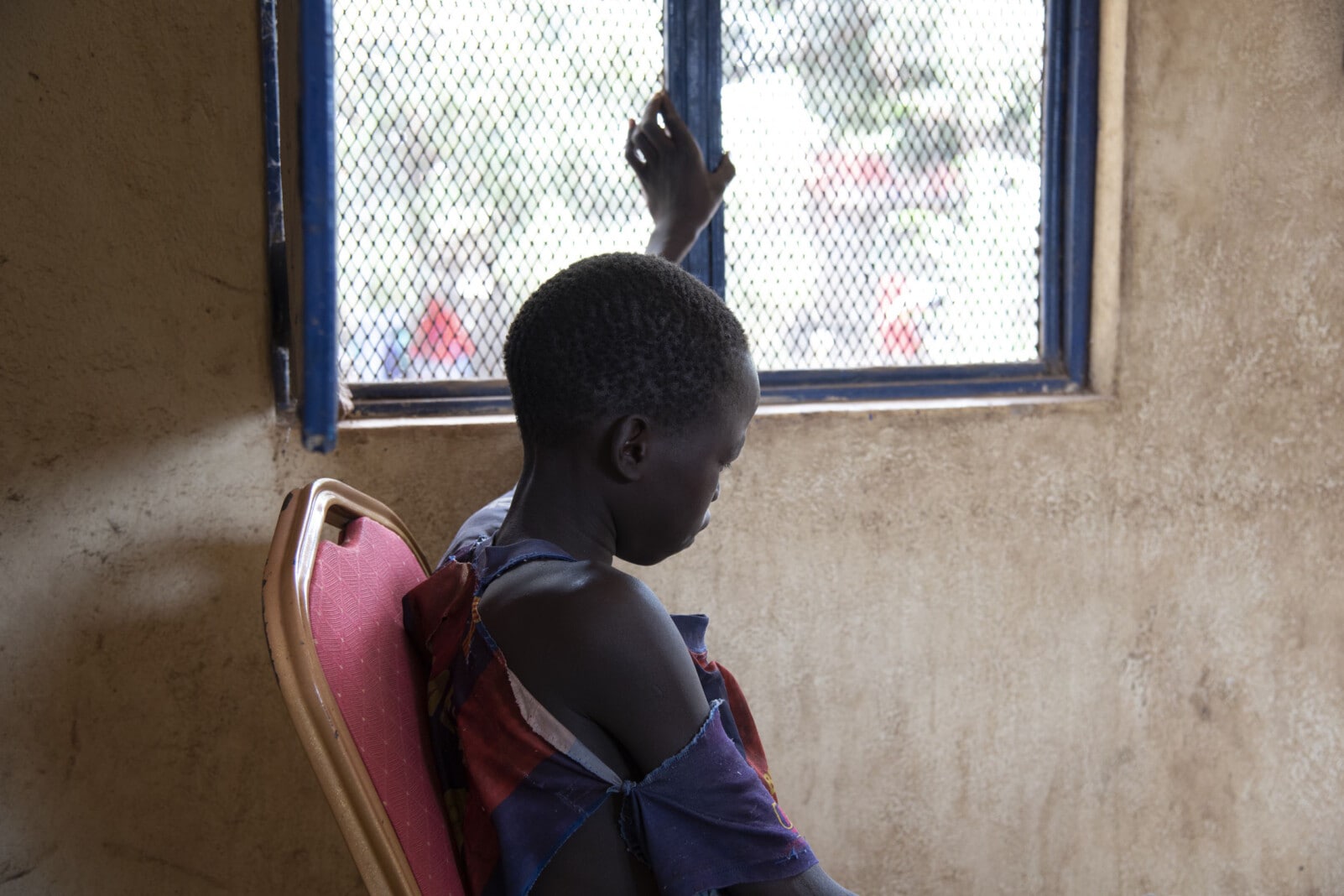Worldwide, the rate of children in detention is 30 per 100,000
Children come into contact with the justice system in a host of ways – as victims, witnesses, because they are in conflict with the law, or as parties to civil or administrative processes, such as alternative care arrangements or asylum hearings, respectively. Children’s encounters with the justice system, along with information on the surrounding circumstances, are usually recorded by the authorities and service providers that form part of the justice sector. Such information is essential to monitoring and evaluating the performance of the justice system and to understanding the profile of children who come into contact with it.
Global and regional estimates
Worldwide, there are an estimated 30 per 100,000 children in detention on any given day in 2022. Based on the available data, North America has the highest regional rate of children in detention at 126 per 100,000 children and East Asia and the Pacific has the lowest rate at 19 per 100,000 children.
Rate of children in detention per 100,000
Administrative data systems on justice for children
High-quality and reliable information is necessary for all reporting and decision-making on issues involving children in contact with the justice system.
To support countries with strengthening the quality, availability and use of administrative data on justice for children, UNICEF has developed a tool that can be used to assess the capacity of statistical systems to collect, collate, analyse and disseminate administrative data on justice for children at subnational and national levels, consisting of two self-assessment questionnaires. Additionally, UNICEF has produced a maturity model describing how components of an administrative data system on justice for children function at varying levels of maturity. The aim is to facilitate the identification of general areas that would benefit from targeted intervention and investment.
Children in detention
Resources
